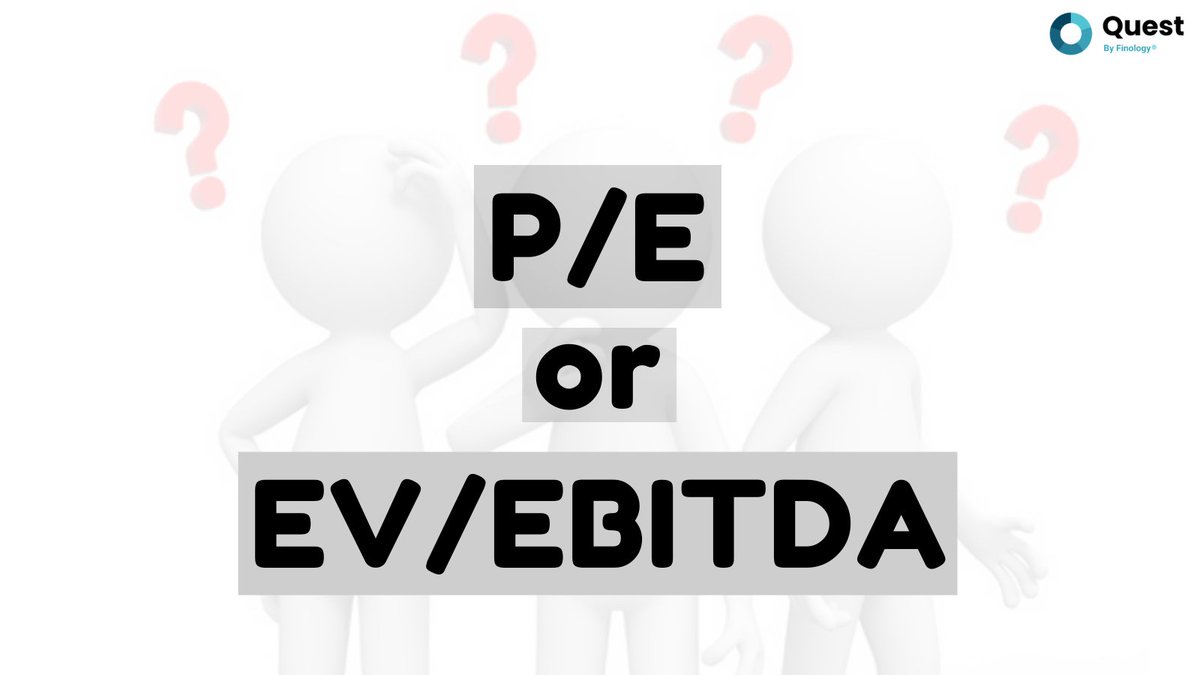
“Kali billi rasta kaat gyi.. You should change your path.”
Ever came across such superstitious stuff? Do you believe and follow them?
Probably not!
But MD & CEO of NSE Chitra Ramakrishna believes in all these.🤯
- A thread 🧵 (1/15)
#sharemarket #NSE
Ever came across such superstitious stuff? Do you believe and follow them?
Probably not!
But MD & CEO of NSE Chitra Ramakrishna believes in all these.🤯
- A thread 🧵 (1/15)
#sharemarket #NSE

Can you believe a board member being a puppet of some spiritual yogi? This isn't a Netflix story that we are talking about. #ChitraRamakrishna, founding member and former MD and CEO of the National Stock Exchange of India has been doing this for many years.
(2/15)
(2/15)
Chitra Ramkrishna has been the hot topic again because of the recent order by the Securities and Exchange Board of India (SEBI). This order has its roots long back to the co-location scam that came out in the year 2016.
(3/15)
(3/15)
The SEBI order dated 11 Feb’22, probably one of the last orders on the co-location scam, highlights 2 points:
1. Ramkrishna had leaked out confidential information about #NSE including financial results and policies, dividend scenario & details of organisation structure.
(4/15)
1. Ramkrishna had leaked out confidential information about #NSE including financial results and policies, dividend scenario & details of organisation structure.
(4/15)
2. The hiring terms of the former COO, Anand Subramanian at SEBI.
It came out that Ramkrishna used to share sensitive information to a Himalayan yogi on the email.
rigyajursama@outlook.com
(5/15)
It came out that Ramkrishna used to share sensitive information to a Himalayan yogi on the email.
rigyajursama@outlook.com
(5/15)
The identity of the yogi is not yet known, though as per CBI investigation and E&Y report, the yogi is none other than Subramanian. However, SEBI is not confident on this. They are working on to find out the identity of this mysterious yogi.
(6/15)
(6/15)
Also, Ramkrishna used to take several decisions after taking advice from the yogi, like promotions & salary structure of employees including appointment of Subramanian - who was new to the field, was given lucrative perks right from the 1st day of his work at #NSE.
(7/15)
(7/15)
Curious to know who is Anand Subramanian and what were his hiring terms?
(8/15)
(8/15)
Subramanian, before entering into the capital market, worked at Balmer and Lawrie with an annual package of approx. 15 lakh Rs. He then joined NSE as a strategic advisor despite being novice in the securities market, with a package of 1.68 Crore.
(9/15)
(9/15)
Within 2 years, he was made group operating officer and advisor to the managing director and former MD and CEO Ravi Narain, and his compensation jumped to 3.33 Crore. He had been promoted for over 6 times in just 2- 3 years.
(10/15)
(10/15)
Even the #NSE board had sense of these wrong doings, but none objected. The minutes of the meeting where Subramanian was appointed weren’t taken and as per the SEBI order, this information was kept hidden from the public and the regulator itself.
(11/15)
(11/15)
Moreover, those who dared to speak up regarding the wrong doings were either given promotions, salary hikes as an incentive to keep quiet or kicked out.
Let’s see how did this end.
(12/15)
Let’s see how did this end.
(12/15)
SEBI banned Ramakrishna and Subramanian from markets for 3 yrs & imposed a penalty of Rs 3 Cr & Rs 2 Cr respectively. Ravi Narain has also been barred from markets for 2 years and is charged with a penalty of Rs. 2 Crore. NSE cannot launch any new product for 6 months.
(13/15)
(13/15)
However, Ramkrishna could appeal against this order to SAT. But she has been maintaining a low profile since she left the institution.
(14/15)
(14/15)
Also, any further evidence of misconduct may lead other government agencies to initiate an investigation against her. Thus, it’s unclear if she would really want to approach the SAT.
(15/15)
#NSE #sharemarket #StockMarketindia
(15/15)
#NSE #sharemarket #StockMarketindia

• • •
Missing some Tweet in this thread? You can try to
force a refresh








